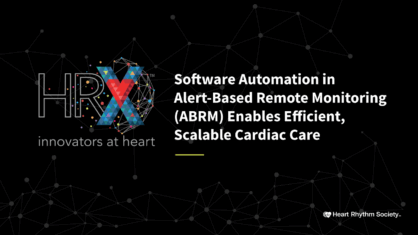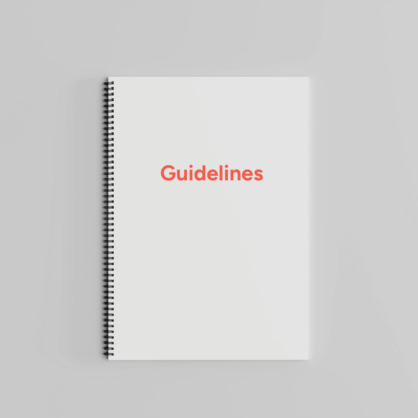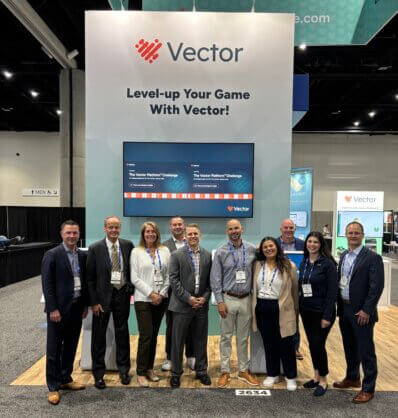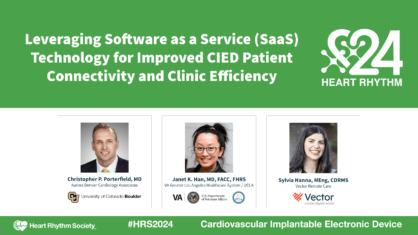Why Following HRS Guidelines for Remote Monitoring Matters—And 5 Tips to Make It Easier
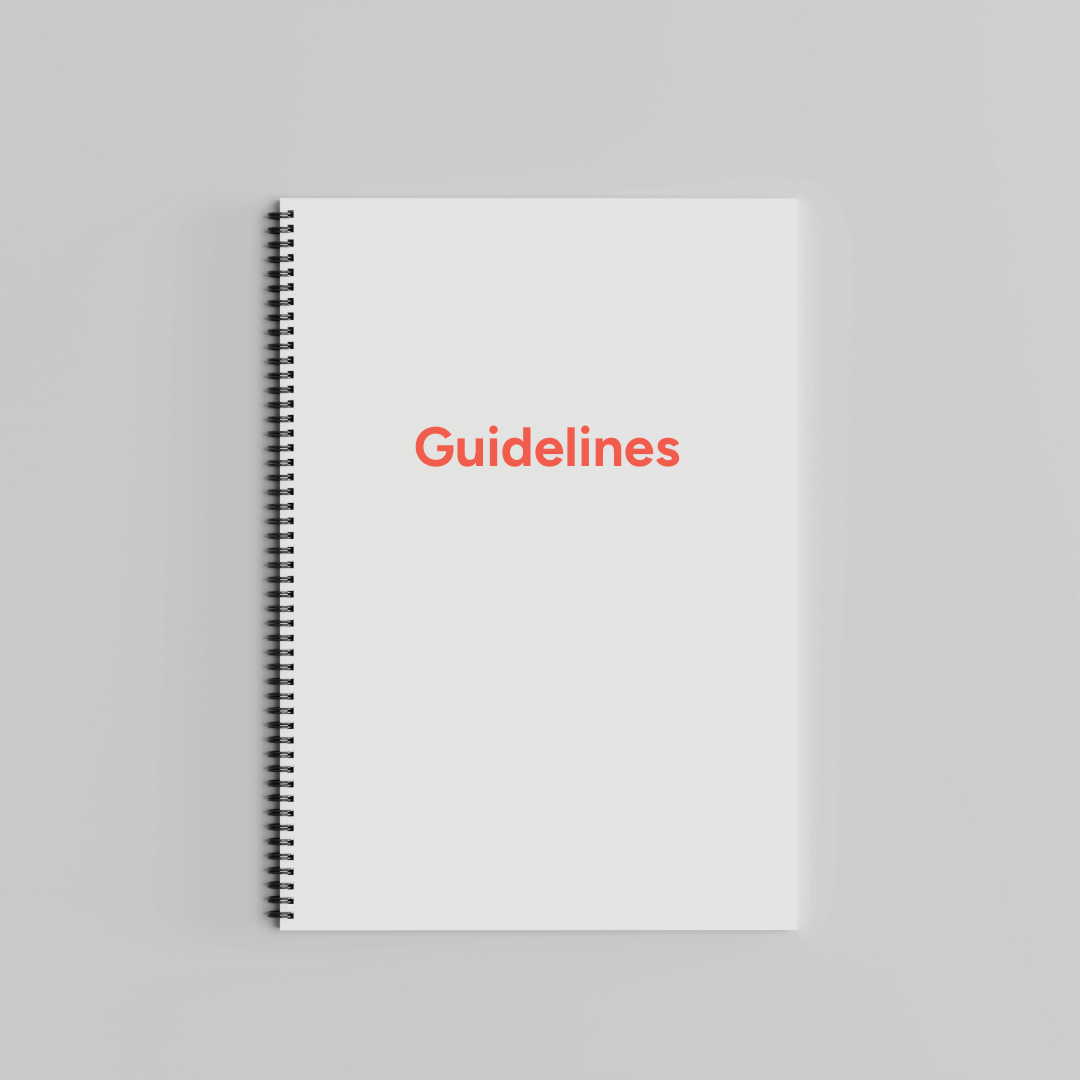
Remote monitoring (RM) of cardiac implantable electronic devices (CIEDs) is no longer a novel tool—it’s a clinical standard. According to the 2023 HRS/EHRA/APHRS/LAHRS expert consensus statement on practical management of the remote device clinic, the most successful programs are those that follow a structured, guideline-directed approach to monitoring. When implemented properly, RM leads to earlier clinical intervention, lower hospitalization rates, and – most importantly – improved patient outcomes.1
But here’s the reality: without reliable patient connectivity, all those benefits evaporate. Even more, patient safety and care quality may actually decline. Missed transmissions, delayed alerts, and clinical deterioration can result when patients are not connected or engaged — undermining the very systems designed to protect them.
As cardiovascular care shifts more definitively toward value-based models, these gaps not only affect patient safety — they can impact quality metrics, reimbursement, and long-term efficiency. Compounded by inconsistent workflows, staffing constraints, and lack of operational clarity, many practices still fall short of the HRS recommendations that are designed to help them.
Why the Guidelines for RM matter
The guidelines are based on years of robust clinical evidence and are co-endorsed by major organizations including the American Heart Association (AHA) and American College of Cardiology (ACC). The recommendations don’t just outline what should be done — they reflect what’s been shown to work in improving cardiac care.
Their power lies in outcomes:
- Early Detection Saves Lives: RM enables proactive identification of arrhythmias, device issues, and worsening clinical conditions—often before symptoms appear. This allows for timely interventions that prevent hospitalizations and adverse events.1
- Connectivity Is Non-Negotiable: Without consistent patient-device connectivity, none of these benefits are possible. Missed transmissions mean missed opportunities to intervene—and that can have serious, even fatal, consequences. As the guidelines emphasize, the success of RM is entirely dependent on the patient staying connected.1
- Less Burden, More Access: RM reduces the need for in-person visits — especially valuable for patients with mobility issues or who live in remote areas. But again, this only works when patients are consistently transmitting data.2
- Operational Clarity Drives Efficiency: Clinics that follow structured protocols for RM experience fewer delays, stronger team communication, and improved patient adherence.2
- Alignment with Reimbursement: The guidelines align with CMS and payer requirements, ensuring programs are clinically effective and financially sustainable.3
Ultimately, guideline adherence isn’t just about compliance—it’s about protecting lives. If patients aren’t connected, and RM systems aren’t optimized, outcomes suffer. Following the guidelines framework is the surest path to delivering on the promise of remote care. And the good news is that implementation doesn’t have to be complicated.
Use these 5 practical tips to improve RM guideline adherence
Below are five actionable strategies to align your RM program with the guidelines—while making life easier for your clinical team and your patients.
1. Centralize and define monitoring roles
One of the most common breakdowns in RM programs is unclear responsibility. When no one “owns” the process, transmissions are missed, alerts go unreviewed, and patients are left unmonitored.
The 2023 HRS statement recommends assigning dedicated personnel to review transmissions daily.1 Use job aids or workflow charts to clarify who monitors alerts, who escalates them, and who documents follow-up. A centralized and coordinated approach reduces missed events and speeds up response times. Clarity is essential to ensure that every connected patient gets the care they need—when they need it.
2. Standardize the enrollment process
The best time to enroll patients in RM is before they leave the clinic, ideally immediately following device implant. Unfortunately, this is often overlooked during the discharge process, leading to significant delays—or worse, patients who never get connected at all.
A consistent, checklist-supported process–supported by EHR reminders–can help ensure patients are connected from the start and help support adherence and connectivity rates. And that connectivity is the linchpin of patient safety. No signal means no data. No data means no care.
3. Implement tiered alert protocols
Not all alerts are created equal. Without a clear triage system, critical alerts may be delayed or overlooked altogether. Consider risk-stratified workflows that categorize alerts based on urgency and clinical relevance.
Establishing a tiered response model ensures efficient use of staff time and faster resolution of high-risk transmissions.
4. Educate patients and their caregivers
Even the most sophisticated RM program fails if patients don’t remain connected. According to HRS and AHA data, one of the primary causes of missed transmissions is poor patient understanding of how the system works.1,4
Simplifying patient education, offering multilingual materials, and reinforcing the importance of connectivity during in-person visits can dramatically improve adherence. Patient engagement strategies are not just recommended—they’re essential.
5. Audit your program and adapt as needed
High-performing RM programs regularly analyze their own performance.
- Are you reviewing transmissions every day?
- Are all patients enrolled?
- What’s your average response time to high-priority alerts?
- Are all patients connected?
- Are transmissions reviewed daily?
- Are high-priority alerts resolved promptly?
Regular audits ensure you’re not just compliant—but truly effective–and allow for course correction as needed. These quality assurance practices are endorsed in both HRS and AHA guidelines.1,4
Final thoughts
Remote cardiac monitoring is more than a workflow—it’s a lifeline. But that lifeline is only as strong as the processes and people behind it.
Connectivity is the foundation. Without it, remote monitoring fails—and patient outcomes decline. When patients stay connected, and programs follow the evidence-backed HRS guidelines, lives are improved, and often, saved.
By centralizing responsibility, standardizing enrollment, streamlining alert triage, engaging patients, and regularly auditing performance, clinics can not only meet the standard—they can lead it.
Remote monitoring isn’t just about technology. It’s about getting the right care to the right patient at the right time. And that only happens when the system—and the connection—work.
- Slotwiner DJ, Varosy PD, Goyal P, et al. HRS Expert Consensus Statement on Remote Monitoring of Cardiovascular Implantable Electronic Devices. Circulation. 2023;148(3):e101–e136.
- Varma N, Piccini JP, Snell J, et al. The relationship between level of adherence to remote monitoring and survival in pacemaker and defibrillator patients. Europace. 2015;17(3):426–432.
- Centers for Medicare & Medicaid Services. Remote physiologic monitoring services. CPT codes 93294–93296.
- AHA/ACC/HRS. 2022 Guideline for the Management of Patients With Ventricular Arrhythmias and the Prevention of Sudden Cardiac Death.






